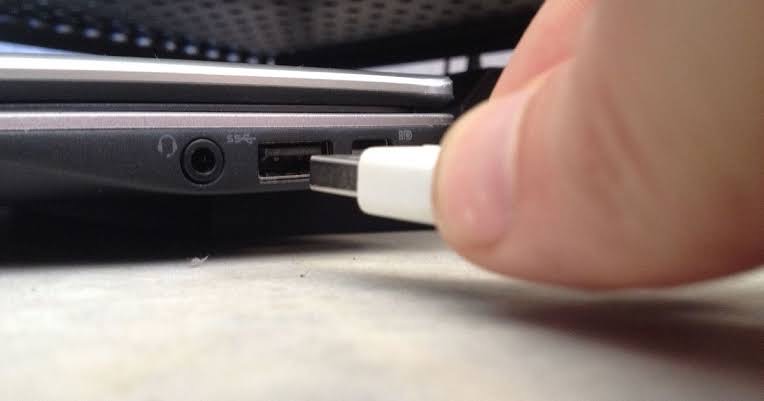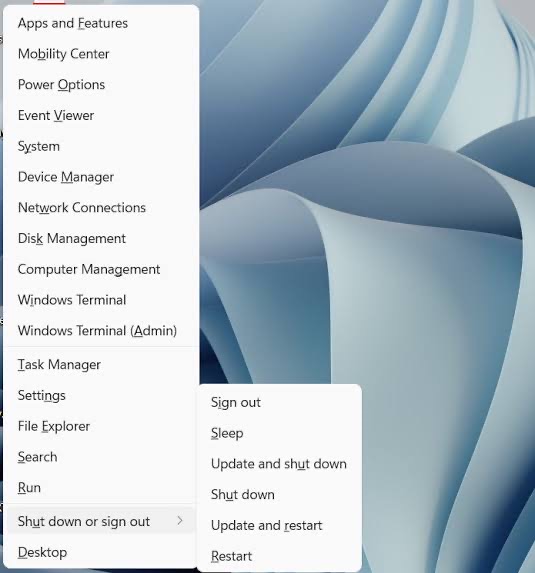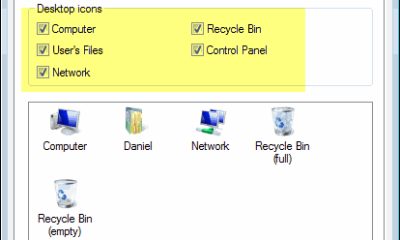The Rode Wireless Go is a popular wireless microphone system known for its simplicity, compact design, and high-quality audio performance. Whether you’re a content creator, filmmaker, or vlogger, this guide will walk you through the steps to connect and use your Rode Wireless Go system effectively.
What You’ll Need:
– Rode Wireless Go transmitter (TX)
– Rode Wireless Go receiver (RX)
– Camera or recording device with a 3.5mm microphone input
– TRS cable (included with the Rode Wireless Go)
– Optional: Lavalier microphone (if desired)
Step-by-Step Guide
1. Charge the Devices

Before you begin, ensure both the transmitter and receiver are fully charged. Use the included USB-C cables to connect them to a power source. A full charge typically takes about two hours.
2. Power On the Devices
– Press and hold the power button on both the transmitter (TX) and receiver (RX) until the LED screens light up.
– Once powered on, the devices should automatically pair with each other. You will see the connection status on the receiver’s screen.
3. Connecting the Receiver to Your Camera or Recording Device
– Take the included TRS cable (with two black rings on each end).
– Plug one end of the TRS cable into the output jack of the receiver (marked “OUT”).
– Plug the other end of the TRS cable into the microphone input of your camera or recording device. This is usually marked with a microphone icon.
4. Position the Transmitter
– If you are using the built-in microphone on the transmitter, simply clip the transmitter onto your clothing, close to your mouth for optimal audio capture.
– If you prefer using an external lavalier microphone, plug the lavalier mic into the microphone input on the transmitter. Then, clip the lavalier mic onto your clothing and place the transmitter somewhere secure, like your pocket or waistband.
5. Adjust Settings and Levels
– On the receiver, you can adjust the output gain by pressing the dB button. This allows you to select between three levels: 0dB, -6dB, and -12dB, depending on your recording environment and device requirements.
– Check your camera or recording device’s audio input levels to ensure the audio is not peaking. You might need to adjust the input levels on your camera or recording device to match the output from the Rode Wireless Go.
6. Conduct a Test Recording
– Perform a short test recording to check audio levels and quality. Listen back to ensure there is no distortion or unwanted noise.
– Make any necessary adjustments to the transmitter’s position, receiver’s output level, or your recording device’s input settings.
7. Secure Connections

– Ensure all cables are securely connected to prevent any accidental disconnections during recording.
– Make sure the transmitter and receiver are within range (up to 70 meters or 230 feet) and have a clear line of sight for optimal performance.
Tips for Optimal Performance
– Avoid Obstacles: Maintain a clear line of sight between the transmitter and receiver to minimize interference.
– Minimize Interference: Keep the devices away from other wireless equipment or large metal objects that could cause signal interference.
– Monitor Battery Levels: Regularly check the battery status on the LED screens to avoid unexpected shutdowns during recording sessions.
– Use Windshields: If recording outdoors, use windshields on the microphones to reduce wind noise.
Conclusion
Connecting the Rode Wireless Go is straightforward and allows for high-quality, wireless audio capture. By following these steps and tips, you can ensure a seamless setup and achieve professional-grade audio for your recordings. Whether you’re recording interviews, vlogs, or any other type of content, the Rode Wireless Go provides a reliable and user-friendly solution.

 Health3 weeks ago
Health3 weeks ago
 pregnancy3 weeks ago
pregnancy3 weeks ago
 Food3 weeks ago
Food3 weeks ago
 Health2 weeks ago
Health2 weeks ago




















